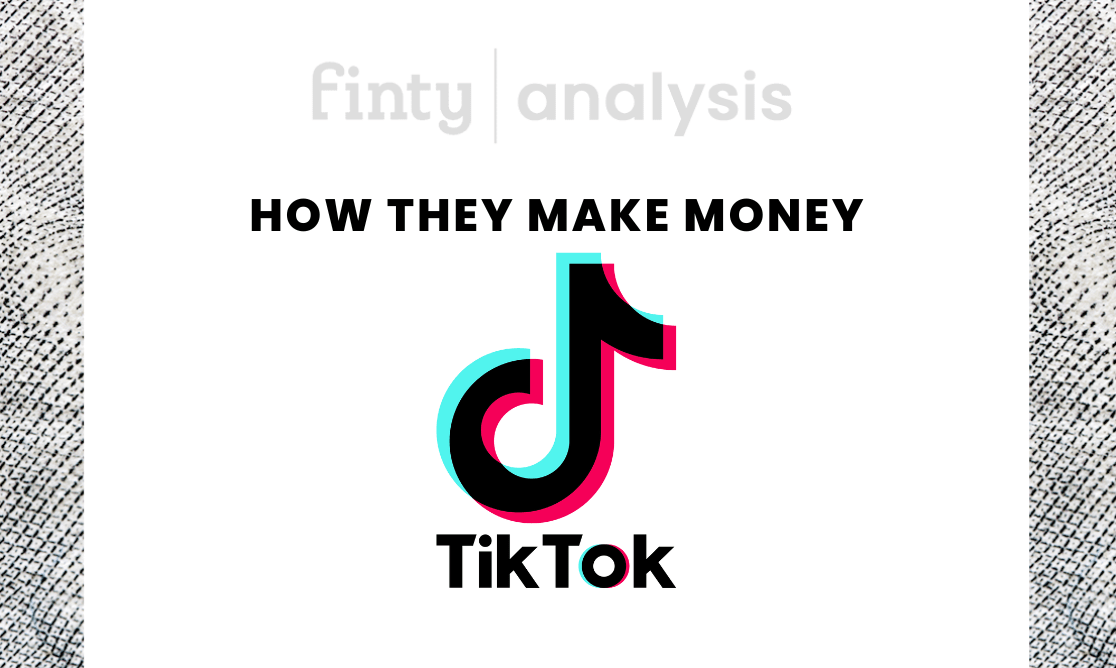Originally introduced in China, TikTok has become a juggernaut with more than a billion active monthly users.
Revenue has been on an upward curve as more users and brands come on board.
Here’s how they make their money in more detail.

Coming up next
What does Tiktok do?
TikTok has become one of the most popular social media apps worldwide. It is known for high levels of user engagement.
The short videos it popularized are addictive because they can be enhanced with background music, sound effects, filters, and custom stickers. Users can also create split-screen video duets with users in other locations.
How does Tiktok work?
TikTok is a globally popular social media platform for creating, sharing, and finding short videos.
The app is extremely popular among young people who use it as an outlet for self-expression. TikTok users make videos of themselves singing, dancing, doing comedy, and lip-syncing. The experience is made even more fun and memorable because videos can be personalized with stickers, filters, and music.
Brands use the same features to make videos about their products and services. Companies can also use a variety of paid TikTok advertisements to drive visibility and user engagement on their content.
How Tiktok makes money
Tiktok makes money from advertising and in-app purchases on the platform.
TikTok Ads
TikTok For Business, launched in 2020, is a key revenue source for TikTok. It offers paid advertisements for brands to promote their products and services, just like on YouTube, Facebook, and Instagram. TikTok For Business helps brands tailor marketing solutions with a host of features, including in-feed videos, brand takeovers, branded effects, and hashtag challenges.
- In-feed video ads are short-form videos appearing between user feeds.
- Brand takeover ads appear the moment users log on to TikTok. Brands use them to deliver a message immediately.
- Top-view ads appear only once a user begins using the app. They last for up to 60 seconds.
- Branded hashtag challenges are where brands create their own hashtag challenge to improve brand awareness. TikTok gets paid when tags show up on people’s discovery pages.
- Branded effects such as branded custom stickers and augmented-reality filters can remain live for up to 10 days, giving users time to interact with a brand.
In-App purchases
Like other social media platforms, TikTok earns revenue through in-app purchases. TikTok users can buy virtual coins and spend them on virtual gifts for others to show their appreciation.
Future growth engine
TikTok’s popularity has soared, overtaking incumbents like Facebook and YouTube.
Bloomberg reported in June 2022 that TikTok is on track to triple revenue this year to $12 billion, effectively threatening Facebook’s hold on social media.
Not only are more people using TikTok, but they are also spending more time on the app. Data.ai (formerly App Annie) reports that the amount of time people spend on TikTok has increased steadily by around 210% each year. They expect this growth trend in usage to continue.
Smart marketing
TikTok's phenomenal growth is partly due to a smart marketing campaign by its owner, ByteDance.
They continue to advertise TikTok virtually everywhere its potential young audience hangs out, including on other social media sites like Snapchat and YouTube.
Leveraging artificial intelligence
The other secret to TikTok's success is its addictive feed. Whether users like it or not — and most are blissfully unaware — their TikTok experience is driven by AI.
On TikTok, AI is not merely part of the software but the driving force of the entire user experience. If it feels like TikTok is attempting to eradicate the free will of people who browse the app, that is because TikTok is.
AI has given a powerful competitive advantage to TikTok's marketers. And it appears that they are going all out to exploit the true potential of AI — which is yet to be fully explored by anyone — opening up growth in such a way that makes TikTok a worthy challenger to social giants like Facebook.
Competitors
Despite a long list, TikTok's top competitors are still well-known names: Instagram and YouTube. But there are others, like Byte, Likee, Funimate, Lomotif, Firework, Dubsmash, Jumprope, and Chingari.
Instagram’s response to TikTok was their introduction of Reels in 2020. Instagram's key advantage over TikTok is that most people in the US and other western markets were already on the platform.
Snapchat
Snapchat, which is very similar to TikTok, has been around for a while. It has experienced substantial growth in user engagement as consumer trends have changed thanks to TikTok's influence.
YouTube Shorts
YouTube is the incumbent of video sharing platforms. It launched YouTube Shorts in 2021, which delivered over 5 trillion views within the first nine months. As with Instagram Reels, YouTube Shorts has a ready following, willing to exploit the features on Shorts.

